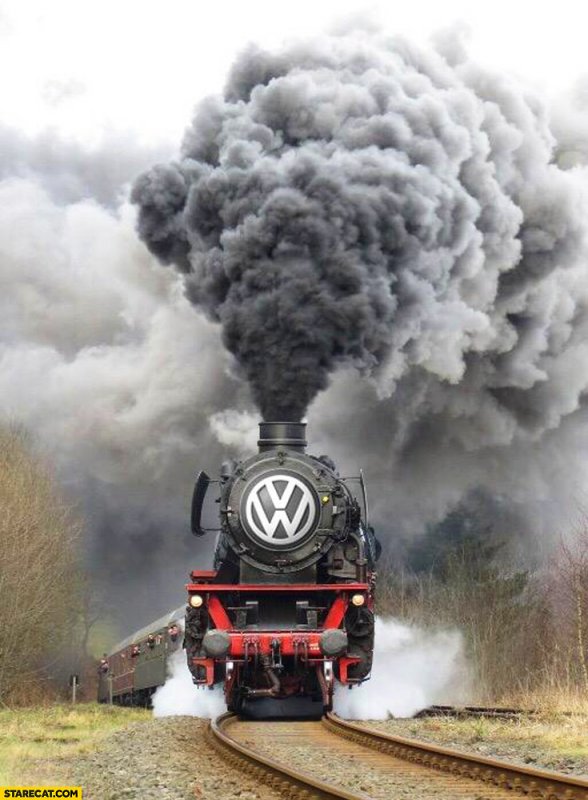BIGR
Lucky To Be Here
I know my local Stihl Dealer that I trade with sells the Startron. I think I might have tried it before but mainly have run Stabil.
One thing that dealer pointed out to me was that Stihl recommends at least a 89 Octane in these small engines. He believes in the Non Ethanol fuel, but said if a man could not get it, at least run 89 octane or above if it is 10 percent ethanol fuel. He said some people would go buy non ethanol fuel, but would buy regular which might just be 87 octane. He said in that case they should at least be buying 89 octane fuel in the non-ethanol fuel also.
One thing that dealer pointed out to me was that Stihl recommends at least a 89 Octane in these small engines. He believes in the Non Ethanol fuel, but said if a man could not get it, at least run 89 octane or above if it is 10 percent ethanol fuel. He said some people would go buy non ethanol fuel, but would buy regular which might just be 87 octane. He said in that case they should at least be buying 89 octane fuel in the non-ethanol fuel also.

